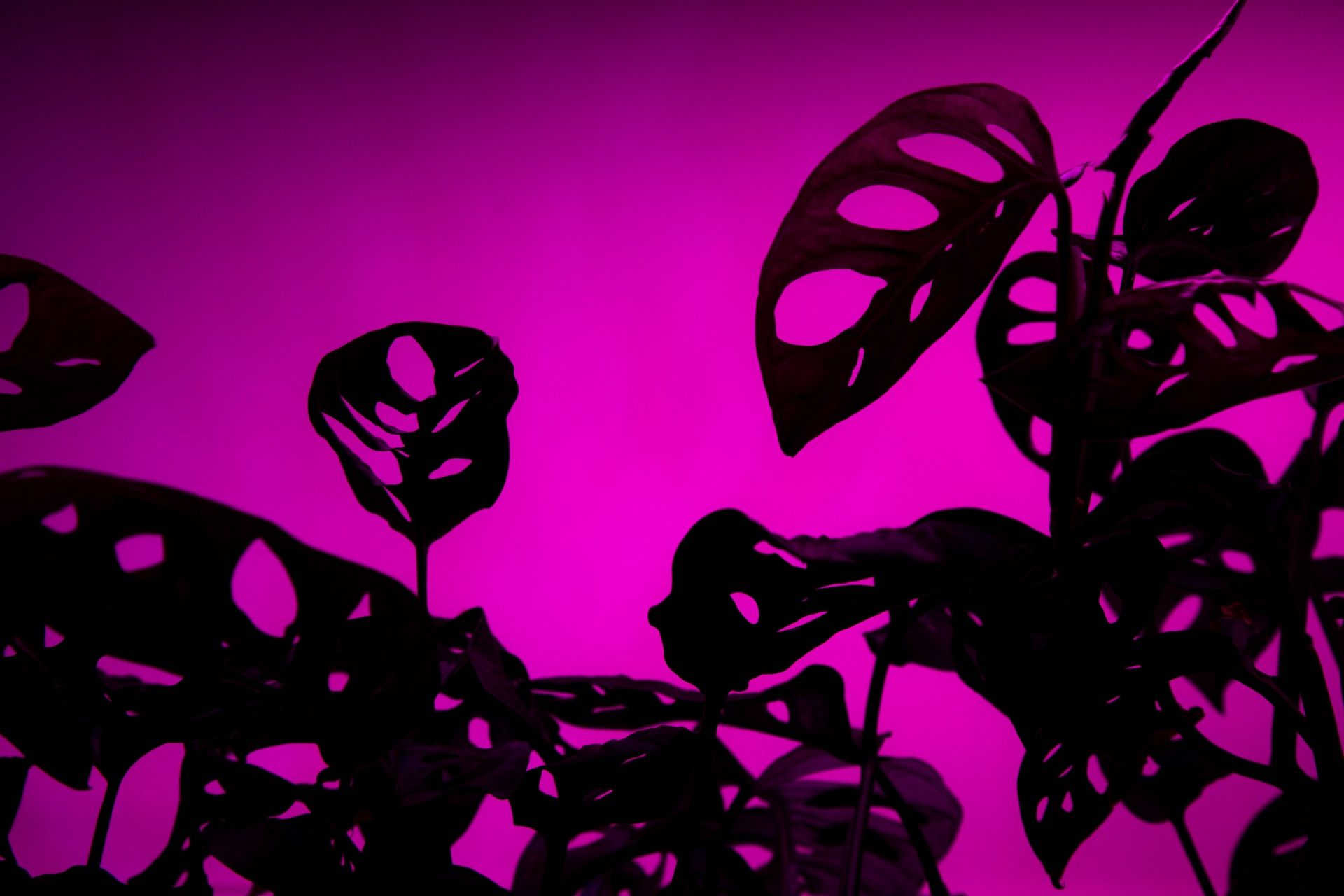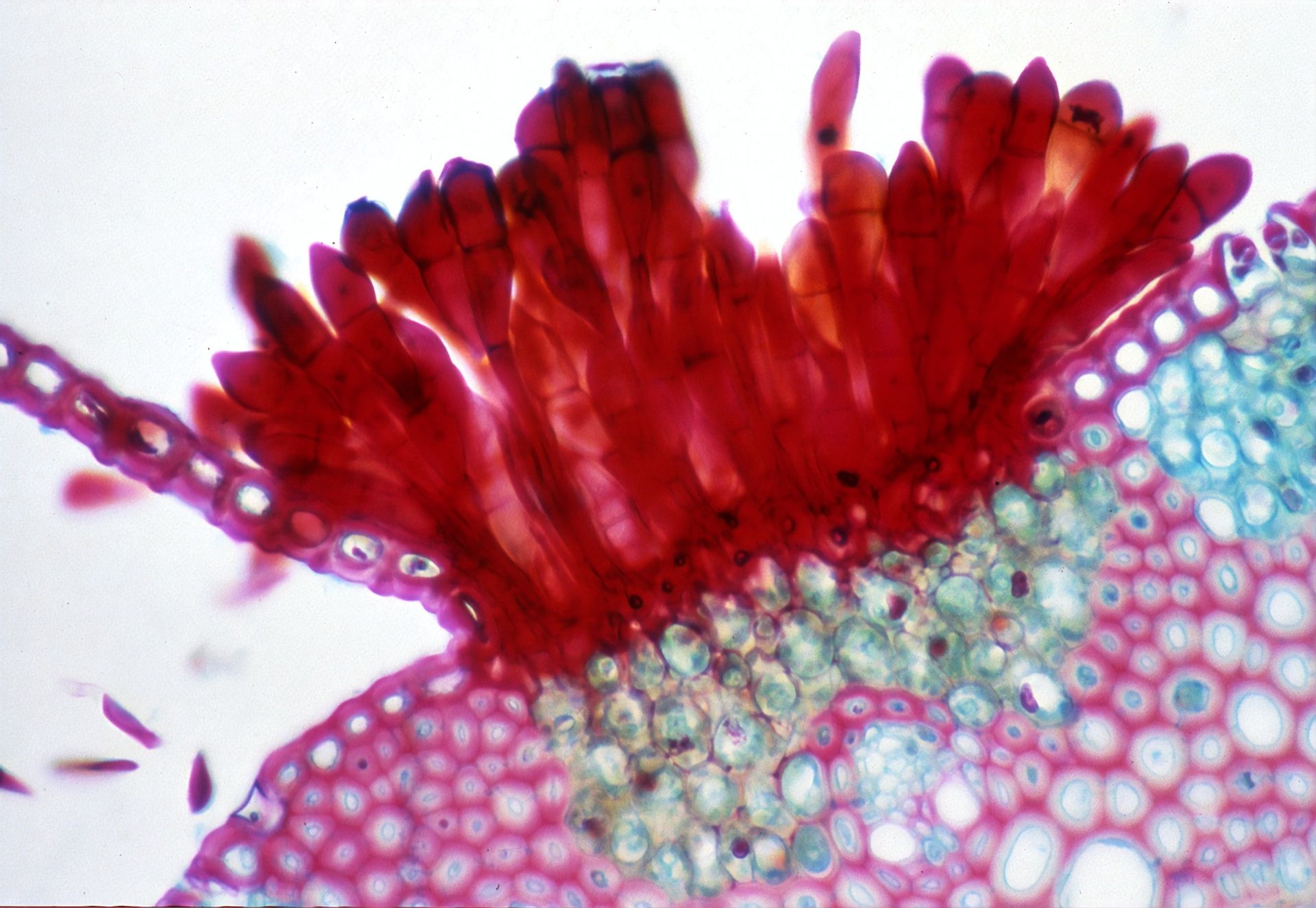
10 mins read
Illuminating Your Indoor Dragon Fruit: How to Choose the Right Light
Growing dragon fruit indoors can be a rewarding and enjoyable experience. However, providing your indoor dragon fruit plant with the right lighting conditions is crucial for its growth and overall health. In this article, we will guide you through the process of selecting the right light source to ensure optimal growth and yield for your indoor dragon fruit plant.
Understanding Light Requirements
Dragon fruit plants are native to tropical regions and thrive in bright, indirect sunlight. In their natural habitat, they typically receive around 6 to 8 hours of sunlight per day. These plants prefer bright but filtered light, avoiding direct exposure to intense sunlight. While they can tolerate some shade, insufficient light can lead to weak growth and limited fruit production. Understanding the natural light requirements of dragon fruit plants is essential for replicating their ideal lighting conditions indoors.
Light is vital for the process of photosynthesis, where plants convert light energy into chemical energy, fueling their growth and development. During photosynthesis, plants absorb light through chlorophyll in their leaves, using it to convert carbon dioxide and water into glucose and oxygen. Without sufficient light, dragon fruit plants may struggle to produce enough energy for growth, resulting in stunted development and poor fruiting. Adequate light is also crucial for triggering the flowering process in dragon fruit plants, leading to the eventual formation of fruits.
Indoor environments often lack the intensity and duration of natural sunlight required by dragon fruit plants. This is especially true in regions with limited sunlight or during winter months. To compensate for the lack of natural light, supplemental lighting becomes necessary for indoor dragon fruit cultivation. Additional lights, such as fluorescent, LED, or HID lights, can provide the essential light spectrum and intensity for optimal growth. These lights can be adjusted to mimic natural light conditions, ensuring that dragon fruit plants receive sufficient light energy for photosynthesis, growth, and flowering.
Types of Indoor Lights
There are several types of indoor lights commonly used for growing plants, including fluorescent, LED, and high-intensity discharge (HID) lights. Each type has its own characteristics and benefits, making them suitable for different growing setups and plant requirements.
Pros and cons of each type, including fluorescent, LED, and high-intensity discharge (HID) lights
Fluorescent Lights: Fluorescent lights, such as T5 and T8 fixtures, are popular choices for indoor plant cultivation. They are relatively affordable and provide a good balance of light spectrum for plant growth. However, they are not as efficient as LED, or HID lights and their light intensity diminishes over time, requiring more frequent replacement.
LED Lights: LED lights have gained significant popularity due to their energy efficiency and versatility. They produce little heat, allowing them to be placed close to plants without risk of damage. LED lights can be customized to emit specific light spectrums tailored to the needs of plants during different growth stages. They have a long lifespan and require minimal maintenance, but they can be more expensive upfront compared to other types.
High-Intensity Discharge (HID) Lights: HID lights, such as high-pressure sodium (HPS) and metal halide (MH) lamps, are known for their high light intensity and efficacy. They provide a balanced spectrum of light suitable for both vegetative growth and flowering. However, HID lights generate significant heat and require additional cooling mechanisms. They also consume more energy compared to LED lights and have a shorter lifespan.
Highlight the energy efficiency, lifespan, and spectrum options of each lighting type
Fluorescent Lights: Fluorescent lights are relatively energy-efficient, using less power compared to HID lights. They have a moderate lifespan of around 10,000 to 20,000 hours. While they provide a balanced spectrum of light, they may lack intensity in certain wavelengths, requiring specific bulbs or tubes for optimal plant growth.
LED Lights: LED lights are highly energy-efficient, using significantly less electricity than other lighting types. They have an impressive lifespan of up to 50,000 hours or more. LED lights offer a wide range of spectrum options, including full spectrum, which covers the necessary wavelengths for all growth stages of plants.
High-Intensity Discharge (HID) Lights: HID lights, particularly HPS and MH lamps, are not as energy-efficient as LED lights. They have a moderate lifespan of around 10,000 to 20,000 hours. HID lights provide a broad spectrum of light, including warm red and cool blue wavelengths essential for both vegetative growth and flowering.
It's important to consider energy efficiency, lifespan, spectrum options, and initial cost when choosing the right lighting type for your indoor dragon fruit. LED lights tend to be the preferred choice for many indoor growers due to their energy efficiency, long lifespan, customizable spectrum, and reduced heat generation. However, the specific lighting requirements of your dragon fruit plants and your budget should also be considered when making a decision.
Choosing the Right Spectrum
The light spectrum refers to the range of wavelengths of light that plants absorb and utilize for photosynthesis. Different wavelengths of light have different effects on plant growth and development. Understanding the significance of the light spectrum is crucial for providing the right lighting conditions to support optimal plant growth.
Plants primarily absorb light in the red and blue regions of the spectrum. Red light (wavelengths around 630-660 nanometers) is essential for flowering, fruiting, and overall plant development. Blue light (wavelengths around 400-450 nanometers) is crucial for vegetative growth, influencing leaf development, stem elongation, and chlorophyll production.
During the vegetative growth stage of dragon fruit plants, they require a higher proportion of blue light. Blue light promotes strong, compact growth, stimulates leaf production, and helps establish a robust root system. Providing sufficient blue light during this stage encourages healthy foliage and prepares the plant for the flowering phase.
As the dragon fruit plant transitions to the flowering stage, it requires a shift towards a higher proportion of red light. Red light triggers the flowering response, stimulates flower bud formation, and promotes fruit development. A higher ratio of red light to blue light during this stage ensures optimal flower and fruit production.
While red and blue light are the key wavelengths for plant growth, providing a balanced spectrum that includes both is crucial for overall plant health and development. A balanced spectrum ensures that plants receive the full range of light wavelengths necessary for photosynthesis and other physiological processes.
The inclusion of blue light alongside red light helps to maintain a compact and sturdy plant structure, preventing excessive elongation or "stretching" of the stems. Blue light also supports the development of strong and healthy leaves, enhancing the plant's ability to capture light energy for photosynthesis.
On the other hand, red light is essential for triggering the flowering response and promoting fruit development. Without sufficient red light, dragon fruit plants may struggle to produce flowers or develop fruits, leading to reduced yields.
Providing a balanced spectrum that includes both blue and red light wavelengths ensures that dragon fruit plants receive the necessary light energy for robust vegetative growth, successful flowering, and abundant fruit production.
Determining Light Intensity
Light intensity refers to the amount of light energy that reaches a specific area or surface. It plays a crucial role in plant growth as it directly influences the rate of photosynthesis and overall plant development. Adequate light intensity is essential for providing the energy needed for plants to produce carbohydrates and carry out various physiological processes.
Insufficient light intensity can lead to weak and leggy growth, reduced leaf production, and lower yields. On the other hand, excessive light intensity can cause light burn, leaf bleaching, and heat stress. Finding the right balance of light intensity is crucial for optimizing plant growth and ensuring healthy development.
Light intensity is typically measured using two common units: foot candles (FC) and lux (lx). These units represent the amount of light reaching a specific surface area.
Foot-candles (FC) is a unit of measurement commonly used in the United States. It refers to the amount of light that falls on a one-square-foot area located one foot away from the light source. Lux (lx), on the other hand, is the international unit of measurement, representing the amount of light falling on a one-square-meter area.
Both foot-candles and lux provide an indication of the intensity of light in a given space, allowing growers to measure and compare different lighting setups and their effects on plant growth.
The ideal light intensity range for indoor dragon fruit plants varies depending on the specific growth stage. Here are some general guidelines:
Vegetative Growth Stage: During the vegetative growth stage, dragon fruit plants benefit from moderate to high light intensity. Aim for a light intensity range of 3,000 to 6,000 foot candles (32,000 to 64,500 lux) to promote healthy foliage development, strong stems, and overall robust growth.
Flowering and Fruit Development Stage: As the dragon fruit plant enters the flowering and fruit development stage, it requires a slightly lower light intensity compared to the vegetative stage. Aim for a light intensity range of 2,000 to 4,000 foot candles (21,500 to 43,000 lux) during this stage. Providing slightly lower light intensity helps promote flowering, proper fruit set, and fruit maturation.
It's important to note that these are general guidelines, and the ideal light intensity can vary depending on various factors, such as the specific dragon fruit variety, environmental conditions, and the lighting technology used. Regularly monitoring the plants' response to light and adjusting the light intensity as needed is crucial for optimal growth and development.
Determining Light Duration
Light duration, or photoperiod, refers to the length of time that plants are exposed to light each day. It plays a crucial role in the growth and development of indoor dragon fruit plants. Providing the right amount of light duration is important as it influences various physiological processes, including photosynthesis, flowering, and fruiting.
Proper light duration helps regulate plant metabolism, hormone production, and the timing of critical growth stages. Insufficient light duration can disrupt these processes, leading to delayed flowering, reduced fruit production, or even vegetative growth that fails to transition to the reproductive phase. Conversely, excessive light duration can also negatively impact plant health, leading to stress or energy imbalance.
Vegetative Growth Stage: During the vegetative growth stage, dragon fruit plants benefit from longer light durations. A recommended light duration for this stage is around 12 to 16 hours of continuous light per day. Providing longer light durations promotes vegetative growth, allowing the plant to develop strong roots, healthy foliage, and a sturdy stem structure.
Flowering and Fruit Development Stage: As dragon fruit plants transition into the flowering and fruit development stage, adjusting the light duration is necessary to trigger and support the reproductive process. During this stage, it is advisable to reduce the light duration to around 8 to 10 hours per day. This reduction in light duration helps simulate natural day length changes, signaling the plant to initiate flowering and fruit production.
While general recommendations can be helpful, it is important to adjust the light duration based on the specific needs and responses of your dragon fruit plant. Here are some guidelines to consider:
Monitor the Plant's Growth Stage: Observe the growth stage of your dragon fruit plant and adjust the light duration accordingly. Pay attention to signs of flower bud formation and fruit development to determine when to transition from the vegetative growth stage to the flowering stage.
Simulate Natural Light Cycles: Dragon fruit plants are responsive to changes in day length. Consider adjusting the light duration to mimic the natural light cycles of the specific dragon fruit variety you are growing. For example, if your dragon fruit variety is known to flower and fruit during shorter day lengths, gradually reduce the light duration to trigger the reproductive phase.
Gradual Transitions: When adjusting the light duration, make changes gradually to allow the plant to acclimate. Sudden shifts in light duration can cause stress and disrupt the growth cycle. Gradual adjustments over several days or weeks help the plant adapt and maintain its overall health.
Regular Monitoring and Adaptation: Continuously monitor the plant's response to the adjusted light duration. Observe flower and fruit development, overall growth rate, and general plant health. If necessary, fine-tune the light duration based on the plant's specific needs and growth patterns.
By providing the appropriate light duration based on the growth stage and specific needs of your dragon fruit plant, you can effectively support its development, encourage proper flowering, and ensure optimal fruit production.
Placement and Distance
Proper light placement and distance are crucial factors in indoor gardening, as they directly impact the growth and health of your dragon fruit plant. Placing lights correctly ensures that the plant receives sufficient light energy without experiencing any negative effects, such as a light burn or insufficient light penetration.
Placing lights too close to the plant can result in light burn or light stress. Light burn occurs when the plant is exposed to excessive light intensity and heat, causing damage to the leaves or even the entire plant. Light stress can manifest as leaf bleaching, wilting, or stunted growth due to the plant's inability to process the excessive light energy. Both light burn and light stress can hinder plant growth and development.
Provide recommendations on the optimal distance between the light source and the dragon fruit plant, considering the light intensity and the plant's growth stage
Seedling Stage: During the seedling stage, when the dragon fruit plant is still small and delicate, it is recommended to keep the light source at a distance of 12 to 18 inches (30 to 45 centimeters) above the plant. This distance helps prevent light burn while ensuring sufficient light intensity for proper growth.
Vegetative Growth Stage: As the plant grows and enters the vegetative stage, you can gradually reduce the distance between the light source and the plant. Aim for a distance of around 6 to 12 inches (15 to 30 centimeters) above the plant. This closer proximity ensures adequate light penetration and intensity for optimal leaf development and vegetative growth.
Flowering and Fruit Development Stage: During the flowering and fruit development stage, maintaining a distance of 6 to 12 inches (15 to 30 centimeters) between the light source and the plant is generally recommended. This proximity helps provide the necessary light intensity to support flower formation, pollination, and fruit maturation. It is important to monitor the plant closely during this stage to ensure it is not experiencing any light burn or stress.
Remember that the optimal distance may vary depending on the specific light source and intensity, as well as the growth characteristics of your dragon fruit plant. Regularly observe the plant's response to the light placement and make adjustments as needed. Keep in mind that different dragon fruit varieties may have specific light requirements, so it's important to consider the specific needs of your plant.
Monitoring and Adjusting
Regular monitoring of your indoor dragon fruit plant's response to light is essential for maintaining optimal growth conditions. Light requirements can vary depending on factors such as the specific dragon fruit variety, environmental conditions, and the lighting setup. By closely observing your plant's response to light, you can make necessary adjustments to ensure it receives the right amount and quality of light for healthy development.
Light Deficiency
Leaf Discoloration: Insufficient light may cause leaves to appear pale or yellowish. In extreme cases, they may even turn completely yellow or white.
Stretching: Plants may exhibit elongated, spindly stems and a lanky growth pattern as they stretch towards the light source in search of more light.
Stunted Growth: Lack of adequate light can result in overall slow growth and reduced plant vigor.
Light Excess
Leaf Discoloration or Browning: Excessive light intensity can lead to leaf burn, causing the edges or tips of leaves to turn brown or scorched.
Leaf Curling: High light levels can cause leaves to curl or fold inward as a protective response to excessive light and heat.
Stunted Growth: Despite the misconception that more light equals better growth, excessive light can actually hinder growth and lead to stunted development.
Adjusting Light Distance
If signs of light deficiency are observed, you may need to lower the light source or decrease the distance between the light and the plant to increase light intensity.
If signs of light excess are present, raise the light source or increase the distance to reduce light intensity and prevent light burn.
Modifying Light Duration
Adjusting the light duration may be necessary if your dragon fruit plant is exhibiting signs of light deficiency or excess. Increase or decrease the duration based on the plant's response and growth stage.
During the vegetative stage, consider gradually increasing the light duration to provide more energy for growth. During the flowering stage, gradually reduce the light duration to simulate natural day-length changes and promote flower formation.
Fine-tuning Light Spectrum
If you notice specific symptoms of light deficiency or excess, such as leggy growth or poor flowering, consider adjusting the light spectrum. LED lights allow customization of the light spectrum, so you can increase the proportion of blue or red light as needed.
Regularly observe your dragon fruit plant for any signs of light deficiency or excess. Keep a close eye on leaf color, growth patterns, and overall plant health. By monitoring your plant's response, you can make informed adjustments to the light setup, such as modifying distance, duration, or spectrum, to meet the plant's specific needs.
Remember, every plant is unique, and adjustments may be required based on individual plant responses. Continual monitoring and adaptation of the light setup will help ensure that your indoor dragon fruit plant receives the optimal lighting conditions for healthy growth, flowering, and fruit production.


